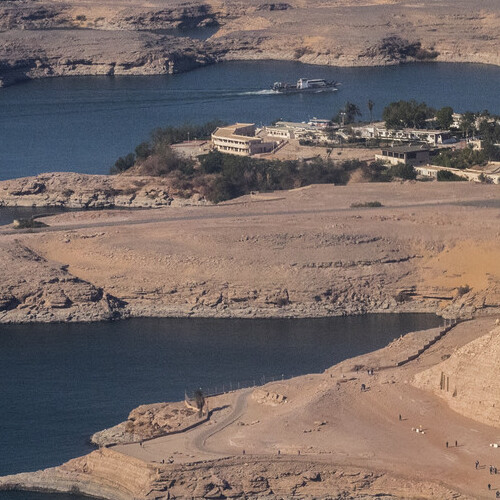No other nation in the world says ‘Welcome’ as often as the Egyptians, and every time, they mean it. While the ancient civilization of Egypt continues to amaze, contemporary Egyptians are equally remarkable.
Sun Festivals
Abu Simbel’s Sun Festivals and Events to Not Miss
Introduction:
The Abu Simbel Sun Festival is a spectacular event celebrated twice a year at the magnificent Abu Simbel temples in Egypt. This festival is centered around a unique solar phenomenon intricately tied to the temple’s design and orientation, making it a must-see for travelers and history enthusiasts alike.
Overview of the Abu Simbel Sun Festivals
Dates and Significance:
The Abu Simbel Sun Festival occurs annually on October 22 and February 22. These dates are significant because they mark the alignment of sunlight that illuminates the temple’s inner sanctuary, sparing only the statue of Ptah, the god associated with the underworld.
- Dates: Annually on October 22 and February 22.
- Significance: Celebrates the alignment of sunlight illuminating the inner sanctuary, except for the statue of Ptah.
Historical Background
Original Phenomenon:
Originally, this solar event took place on October 21 and February 21, dates that were significant in the life of Pharaoh Ramses II. The architectural genius behind the temples ensured that the sun would illuminate the statues of the gods and the pharaoh himself on these specific days.
Architectural Brilliance:
The temples were constructed with such precision that they perfectly aligned with these dates, showcasing the ancient Egyptians’ mastery in astronomy and architecture.
Relocation:
In the 1960s, to save the temples from submersion due to the creation of Lake Nasser, UNESCO led an international campaign to relocate the temples to a higher site, 21 meters above their original location. This relocation shifted the solar phenomenon to occur a day later.
- Original Dates: October 21 and February 21.
- Significance: Corresponded to significant dates in Pharaoh Ramses II’s life.
- Relocation: Moved in the 1960s to avoid submersion from Lake Nasser.
- Result of Relocation: Phenomenon now occurs on October 22 and February 22.
Sun Festivals at Abu Simbel
The Sun Festival:
This vibrant celebration attracts tourists from around the world who come to witness the extraordinary moment when the sun’s rays illuminate the temple’s inner sanctum. The event is not only a testament to ancient engineering but also a cultural festival filled with folklore shows, traditional dances, and various celebrations.
- Celebration: Tourists gather to see the sun illuminate the temple’s inner sanctum.
- Cultural Significance: Marked with folklore shows, traditional dances, and vibrant celebrations.
The Temples at Abu Simbel
Great Temple:
Dedicated to Ramses II and the gods Amun, Ra-Horakhty, and Ptah, the Great Temple is a marvel of ancient architecture.
Small Temple:
Dedicated to Queen Nefertari and the goddess Hathor, this temple adds to the site’s grandeur.
Solar Alignment:
During the festival, the sun illuminates the statues of Ramses II, Ra-Horakhty, and Amun, while Ptah remains in darkness, emphasizing his association with the underworld.
- Great Temple: Dedicated to Ramses II, Amun, Ra-Horakhty, and Ptah.
- Small Temple: Dedicated to Queen Nefertari and goddess Hathor.
- Solar Alignment: Illuminates Ramses II, Ra-Horakhty, and Amun, leaving Ptah in darkness.
Modern Observations
Tourist Attraction:
The festival has become a major draw for tourists, offering a unique blend of ancient history and contemporary celebration. Visitors can experience the awe-inspiring solar alignment while enjoying the festive atmosphere.
Symbolism:
The festival reflects the enduring legacy of Egyptian cultural and astronomical knowledge, bridging ancient and modern worlds.
- Tourist Attraction: A major draw for visitors, blending ancient history with modern celebration.
- Symbolism: Highlights the continuity of Egyptian cultural and astronomical achievements.
Conclusion:
The Abu Simbel Sun Festival is more than just an astronomical event; it’s a vibrant celebration that connects people from around the world. Witnessing this spectacle is like stepping into a time machine that bridges ancient and modern worlds, highlighting the architectural and astronomical prowess of ancient Egypt. Don’t miss the chance to be part of this awe-inspiring festival!

Created On March 18, 2020
Updated On september 1 , 2024



